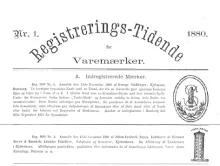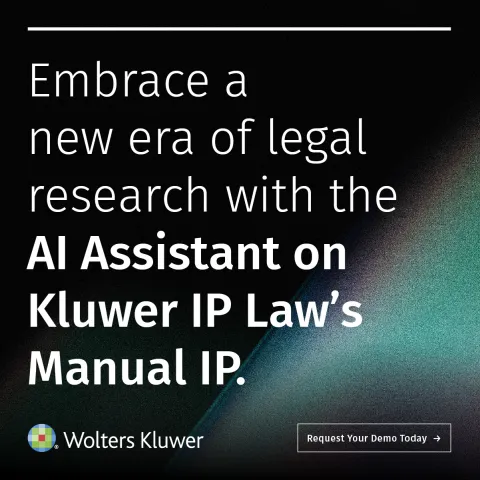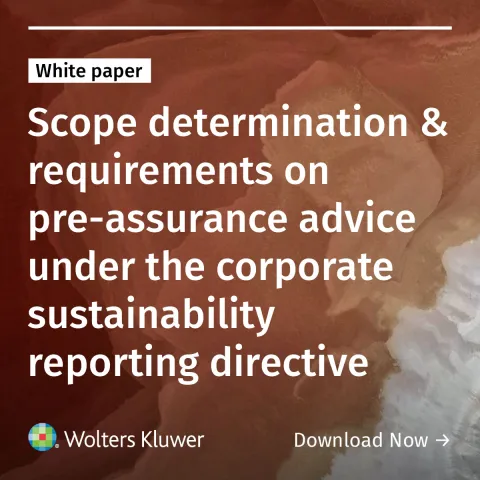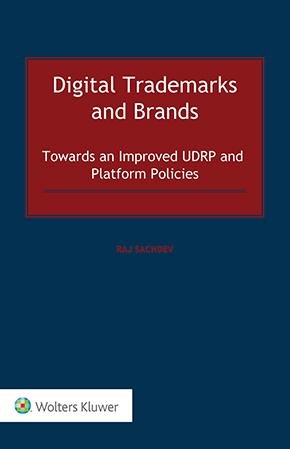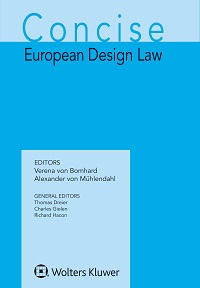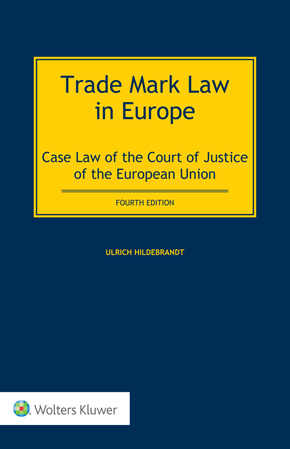General Court T-374/24 – AirPlus ./. R+: Right To a Fair Hearing Before the BoA
September 22, 2025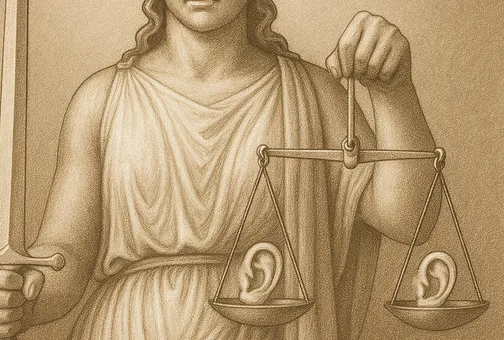
This case is about likelihood of confusion as much as it is about the right to a fair hearing before EUIPO’s Board of Appeal.
Facts and BoA Decision
The plaintiff had opposed the application of the sign

covering financial services, based on the plaintiff’s registration

which equally covered financial services. The Opposition Division ruled that the signs were insufficiently similar and rejected the opposition.
On appeal, the plaintiff argued that the word elements “AirPlus” and “R+” were aurally similar. The aural similarity carried particular weight, as consumers regularly communicated with financial service providers over the phone, for example in connection with telephone banking services. The BoA dismissed the appeal. The visual differences between the marks were low and the attention by the relevant public high. The low visual similarity was significant, because financial services were mostly provided after having been presented visually to consumers. This factual point hadn’t been raised by either of the parties.
Before the General Court, the plaintiff claimed that the BoA had infringed Art. 94(1) and Art. 95(1) of Regulation 2017/1001. The plaintiff made three objections to the BoA’s finding whereby financial services are mostly provided after they have been visually presented to consumers:
· First, the point was not raised by the parties.
· Second, the BoA did not provide any evidence for its finding.
· Third, the plaintiff did not have the opportunity to submit its comments in that regard.
Judgment
The GC dismissed the action. According to the judgment, the BoA was entitled to supplement the factual evidence adduced by the parties to assess whether LoC existed. It was not precluded from considering, in addition to the facts put forward by the parties, facts which are well known, that is, which are likely to be known by anyone, or which may be learnt from generally accessible sources. The plaintiff had raised the factual point before the BoA that consumers often communicate with providers of financial services by telephone. Therefore, the BoA could examine how consumers perceived the signs in the financial sector, taking into consideration well-known facts, even if such facts had not been relied on before the Board (para. 22). The fact relied on by the BoA is well-known according to the GC, so its accuracy didn’t have to be established. At the same time, the plaintiff could have produced documents before the Court to contest its accuracy.
Comments
The BoA’s consideration about the visual side of financial services doesn’t seem all too controversial. More interesting are the procedural aspects of facts which the BoA considers to be well-known. The GC’s interpretation of Art. 94(1), 95(1) in this judgment as well as in past judgments facilitates the work of the BoA while limiting the parties’ procedural rights. The BoA doesn’t need to hear the parties before relying on a fact it considers to be well-known, as long as the overarching issue was subject to the parties’ pleadings. Here, the overarching issue was the way the public is confronted with financial services. In many cases, the parties won’t be able to anticipate which out of the vast sea of well-known facts the BoA will choose to rely on. The party that lost before the BoA has the right to challenge the accuracy of the fact itself and the question of whether it is well-known before the GC (the line is blurry, see judgment of 09.02.2011, T-222/09 para. 31). But the problem remains that the party didn’t have the chance to do so before the BoA as the second “trial instance”.
Nothing in procedural law keeps the BoA from calling oral hearings or from hearing the parties in written proceedings to discuss the facts the BoA intends to rely on. Such hearings may extend proceedings but at the same time they may make decisions more acceptable. The feeling of not having been heard tends to provoke unnecessary appeals.
You may also like



